Looking down on your garden
colebug
16 years ago
Related Stories
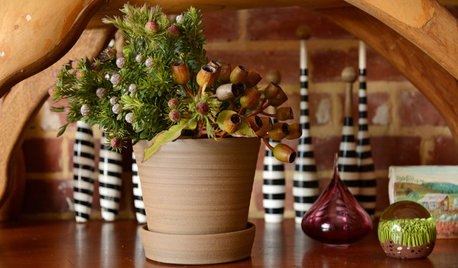
HOLIDAYSHoliday Decorating: Natural Looks From Down Under
Native greens and craftsy touches give an Australian stylist's home festive flair with an organic feel
Full Story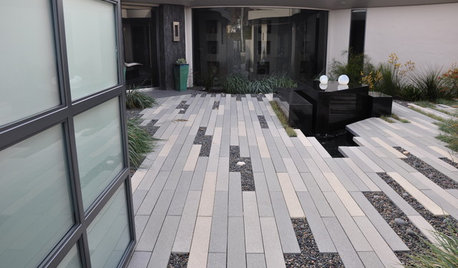
GARDENING AND LANDSCAPINGGarden Design Gets Down to Details
Small touches of brilliance make all the difference in gardens big and small
Full Story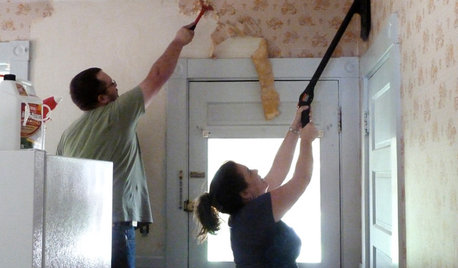
DECORATING GUIDESHow to Remove Wallpaper in 4 Steps
Learn the best way to remove wallpaper with only water (and elbow grease) so your next wall treatment will look great
Full Story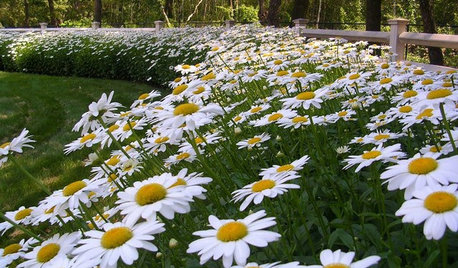
GARDENING GUIDESMix or Mass Daisies for Two Great Garden Looks
The classic daisy looks equally beautiful massed in borders or mixed throughout a naturalistic planting. Which look suits your style?
Full Story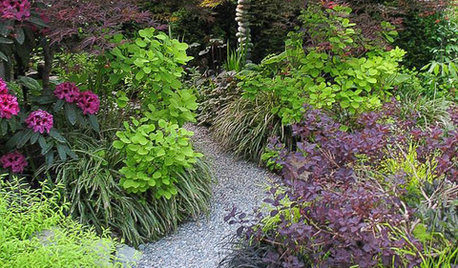
LANDSCAPE DESIGN5 Garden Path Looks for an Enchanting Journey
Take your pathway from predictable to exceptional, for a truly moving garden experience
Full Story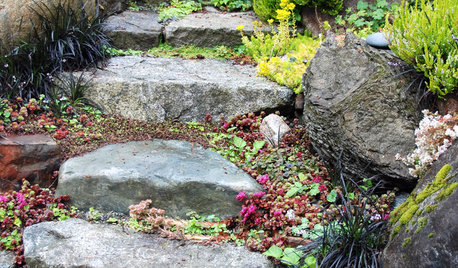
LANDSCAPE DESIGNPlant Your Steps for a Great Garden Look
There are benefits to allowing plants to invade your garden stairs
Full Story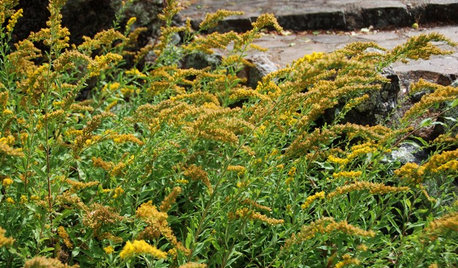
GARDENING GUIDES6 Native Goldenrods Worth a Second Look
Goldenrod gets a bad rap as being aggressive, but these more mannerly choices offer a bunch of benefits
Full Story
LIGHTINGHouse Hunting? Look Carefully at the Light
Consider windows, skylights and the sun in any potential home, lest you end up facing down the dark
Full Story
GARDENING GUIDESGreat Design Plant: Knock Out Roses
As glorious as their high-maintenance kin for a fraction of the work, Knock Out roses make even beginners look like garden stars
Full Story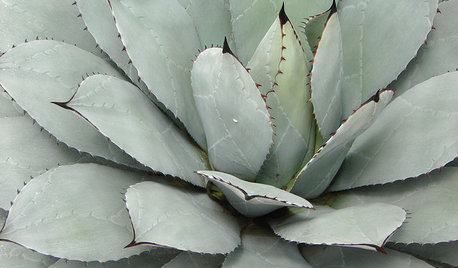
FOLIAGEGet a Cool Garden Look With Gray and Blue Plants
Looking for plants that calm with color in the heat of summer? Look no further than these 14 soothing beauties
Full Story





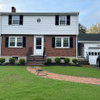

jakkom
timbu
Related Professionals
Mountain Brook Landscape Architects & Landscape Designers · Camp Verde Landscape Contractors · Cudahy Landscape Contractors · El Reno Landscape Contractors · Lemont Landscape Contractors · Long Branch Landscape Contractors · Middle River Landscape Contractors · Monterey Landscape Contractors · Seymour Landscape Contractors · Wentzville Landscape Contractors · Westchester Landscape Contractors · Maple Heights Landscape Contractors · Medford Decks, Patios & Outdoor Enclosures · Pittsburgh Decks, Patios & Outdoor Enclosures · Claremont Swimming Pool Buildersinkognito
karinl
Embothrium
woodyoak zone 5 southern Ont., Canada
tibs
Frankie_in_zone_7
isabella__MA
Brent_In_NoVA
inkognito
laag
woodyoak zone 5 southern Ont., Canada
tibs
colebugOriginal Author
garyfla_gw
pls8xx
jakkom